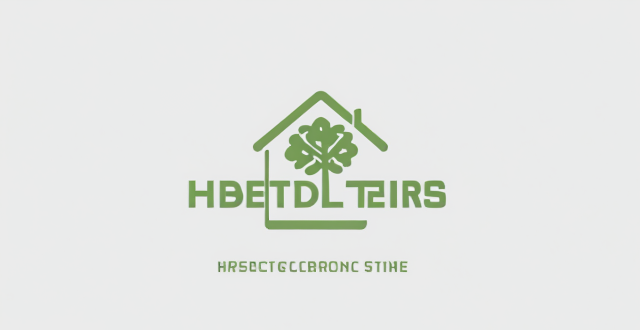The text discusses the impact of a carbon tax on low-income households, emphasizing that such a tax can significantly and negatively affect these households due to increased costs and its regressive nature. However, potential long-term benefits are also highlighted, including revenue generation for energy-efficient programs and overall cost reduction as carbon-based fuel use decreases. To mitigate negative impacts, strategies like revenue recycling, progressive tax design, and energy efficiency programs are suggested. The text concludes that with careful policy design and implementation, a carbon tax can contribute to a sustainable future while benefiting all income levels over time.

Impact of a Carbon Tax on Low-Income Households
A carbon tax is a fee imposed on the burning of carbon-based fuels (coal, oil, gasoline, etc.), which are the primary sources of carbon dioxide emissions. The purpose of such a tax is to encourage individuals and businesses to reduce their use of these fuels and thereby reduce their carbon footprint. However, the impact of a carbon tax on low-income households can be significant and potentially negative.
Increased Costs
The most immediate and direct impact of a carbon tax on low-income households is an increase in the cost of living. This is because low-income households often spend a larger proportion of their income on energy costs than higher-income households. For example, they may live in older homes that are less energy-efficient or rely on older, less efficient vehicles for transportation. Therefore, any increase in the cost of energy will have a greater impact on their budgets.
Regressive Nature
A carbon tax is often criticized as being regressive, meaning it disproportionately affects lower-income households. This is because lower-income households tend to spend a larger portion of their income on basic needs like heating and transportation, which are directly affected by a carbon tax. Higher-income households, on the other hand, have more discretionary income and can more easily absorb the increased costs.
Potential Benefits
While the initial impact of a carbon tax on low-income households may be negative, there are potential benefits over the long term. For example, the revenue generated from the tax could be used to fund programs that help low-income households become more energy-efficient, such as subsidies for home insulation or more efficient appliances. Additionally, as the use of carbon-based fuels decreases, the overall cost of energy may decrease, benefiting all households.
Mitigating Strategies
To mitigate the negative impact of a carbon tax on low-income households, governments could implement strategies such as:
- Revenue recycling: Use the revenue generated from the tax to provide rebates or subsidies to low-income households.
- Progressive design: Design the tax in a way that it has a smaller impact on lower-income households, such as by offering exemptions or discounts for certain groups.
- Energy efficiency programs: Invest in programs that help low-income households become more energy-efficient, reducing their energy costs over time.
In conclusion, while a carbon tax may initially have a negative impact on low-income households, with careful policy design and implementation, it can also provide long-term benefits and contribute to a more sustainable future for all.